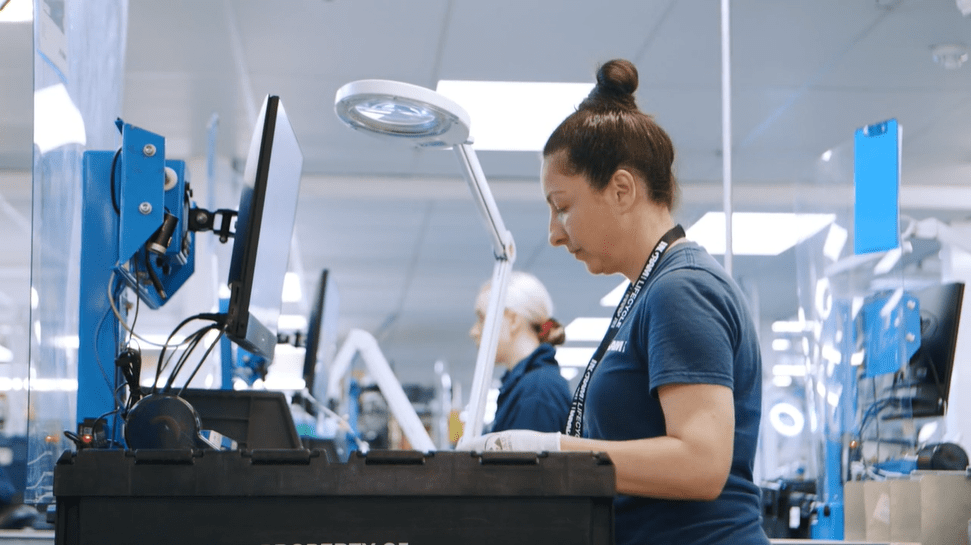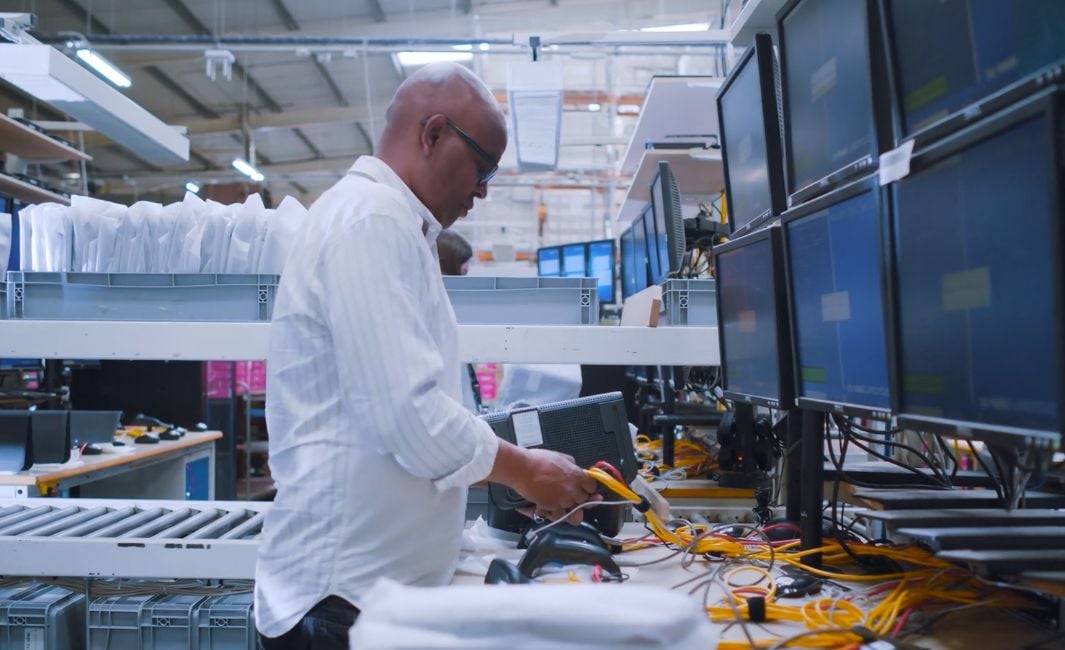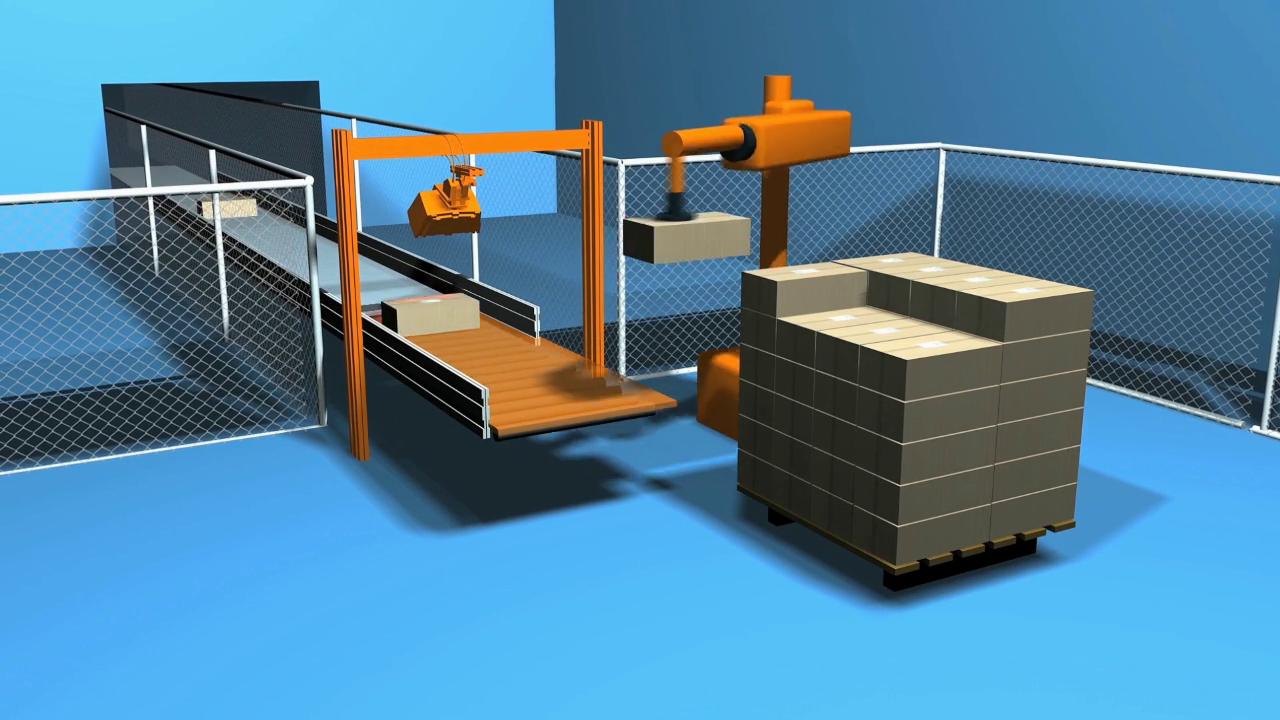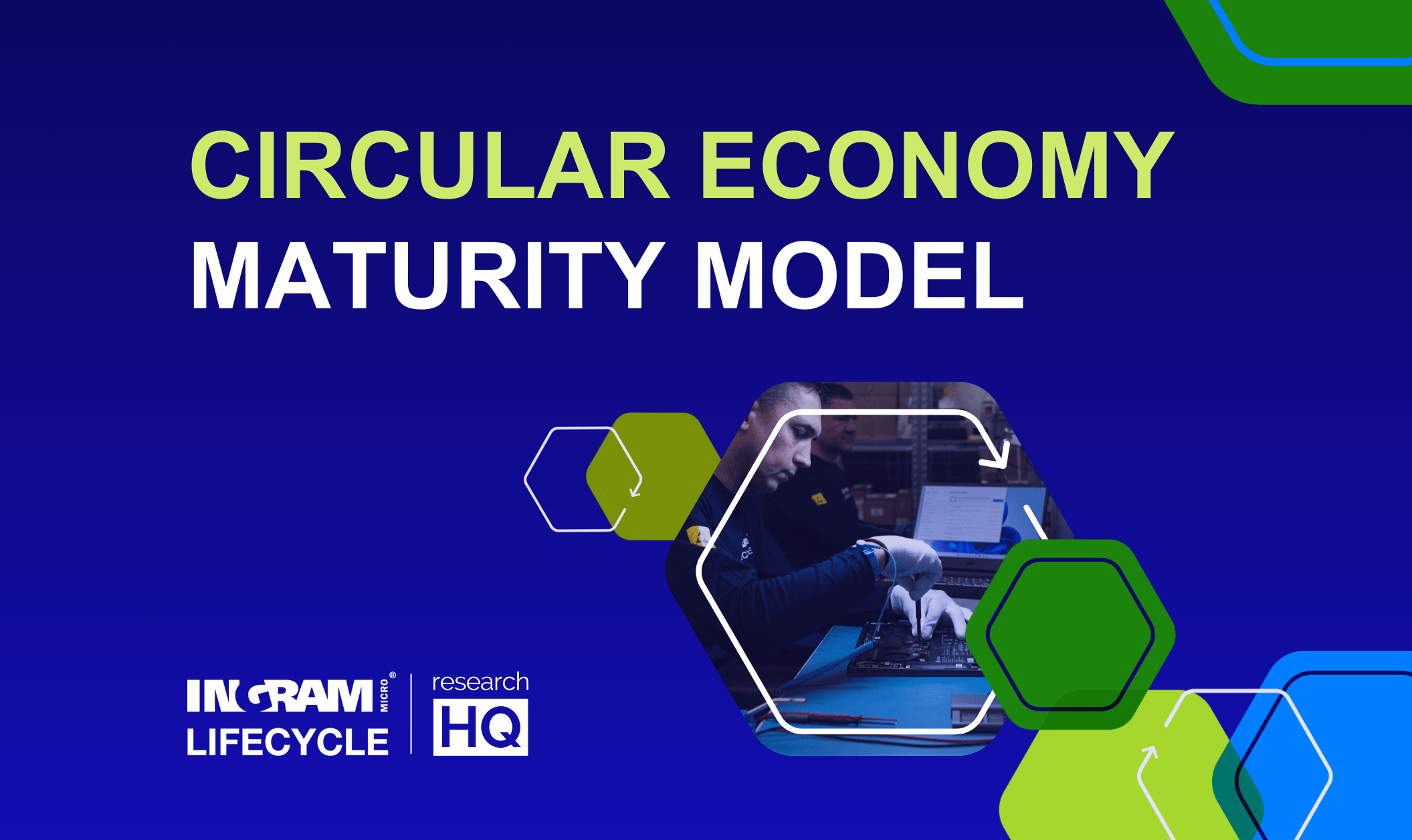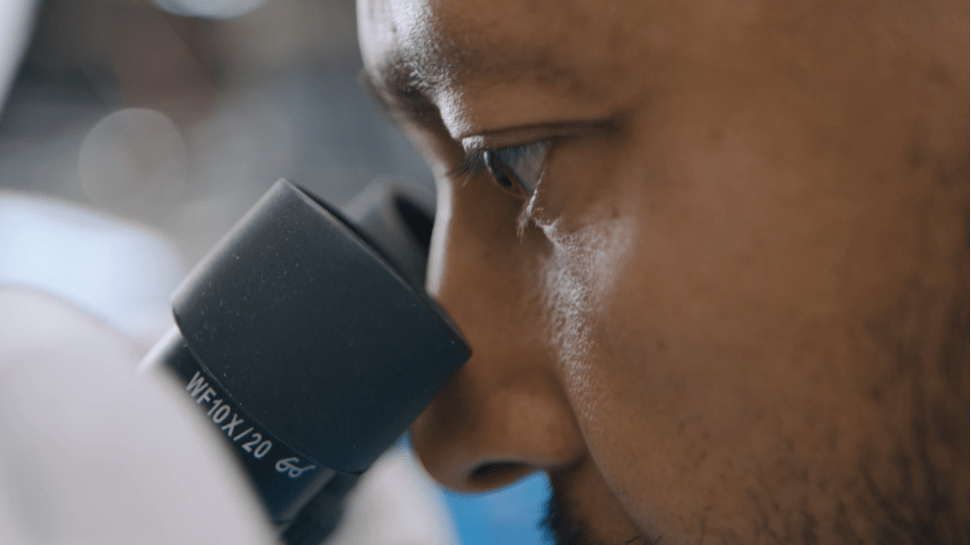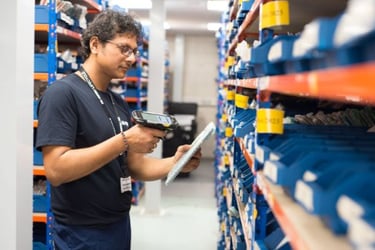Are you about to commence a reverse logistics program or perhaps looking to refine one already in place? Maybe you’re confused about whether to invest in building up your in-house efficiencies or outsource to a third party. A poor returns management system can result in a poor customer experience, loss of custom, and dwindling finances.
Ingram Micro Lifecycle has managed reverse logistics for global customers for over three decades. We support manufacturers, retailers, and insurers with processing IT, mobility and electronic devices, and Small Domestic Appliances (SDA).
Join us in this exploration into reasons why outsourcing your reverse logistics and returns management is more impactful than mobilizing this in-house.
Strategic considerations
Choosing whether to DIY your returns management or partner with a 3PL shouldn’t be an agonizing decision for businesses. Consider the factors that we lay out below.
1. Costs
Moving to outsource your returns management processes re-engineers the cost base your business is incurring to support its products after launch. Instead of a fixed-cost model with investment in in-house employees, facilities, equipment, and training, it becomes a variable-cost model.
The costs of using a third-party partner fluctuate with the volume of your returns. Activity levels influence cost- a key benefit of outsourcing as it becomes more cost-effective. There are also shared overhead costs associated with a larger facility managed by a partner.
If you were managing returns in-house, you’d have less variation in the storage space available, for example, and would face potentially empty spaces at times of low returns.
2. Engineering
Any 3PL should offer engineering support. Manufacturers must have full visibility and control of this part of the returns management process. Rightly so, they’re protective of their products, reputation, and customer experience. Peace of mind comes from using a 3PL that has a wealth of OEM accreditations (see below) so you know the processes your product goes through can be trusted.
Products must be serviced properly without compromise to ensure the partner delivers to a high standard that aligns with the OEM. Ensure that this is locked in at the contract negotiation stage so it’s clear what level of engineering input is expected.
3. OEM accreditations
Retailers and insurers should look for 3PLs that have the OEM accreditations necessary to support the product types and brands that you work with. These will signal that the manufacturers have rigorously audited the facilities and given access to their approved training, manuals, repair guides, and more. These checks are conducted regularly to ensure standards and processes are maintained.
4. Agility and innovation
The partner needs to be agile and innovative with advancing technology to create solutions with longevity. This may mean combining segments of different processes to create something bespoke that solves your pain points.
They will have the specialist skills and experience to provide the solutions necessary that ensure a successful reverse logistics program. There is no pressure on your business to find and train suitable employees to get up to speed quickly. Having the technical know-how within reverse logistics is key to cost-effectively and seamlessly boosting the satisfaction of your customers.
It frees up your time from distractions outside your core business goals and enables focus on your key strategies and product development.
5. Recommerce
Remarketing (or recommerce) is a process that you may not have considered for in-house operations. Again, this is another resource-heavy process and is not typically offered by a traditional production facility or contract manufacturer.
After products are recovered, their residual value needs to be assessed. Doing so enables the onward sale of appropriate returns to recover value.
To gain the maximum value for these, there should be a robust network in place and an understanding of live market pricing for different products and models. Suitable 3PLs will have an established sales channel with the demand for your products. This is vital to ensure swift movement of your product on your balance sheet to combat potential depreciation.
6. Sustainability
3PLs should be active in improving their sustainability footprint. If they’re enabling circularity by extending the lifecycle of products received through returns, then they’re saving products from going to landfills. These companies will have policies already in place that highlight the reduction of waste that focuses on reuse rather than scrapping.
An internal team may only have a narrow view of sustainability whereas an external team will bring new ideas and experiences as they have a holistic view of sustainability in your market and industry.
Ready to outsource reverse logistics?
Outsourcing reverse logistics comes with the benefits of freeing up time to allow focus on your core business functions, additional expertise and technical know-how, and cost-efficiencies.
Ingram Micro Lifecycle works with businesses worldwide delivering an efficient returns management program that delivers high end-user satisfaction and maximum value recovery.
If you’re ready to begin exploring how Ingram Micro Lifecycle can support you with our vast expertise in reverse logistics, reach out today and someone will be in touch to discuss your specific needs.
Recommended reading:
- How to optimize reverse logistics for the 3 pillars of sustainability
- 7 reverse logistics challenges for Small Domestic Appliances
- What is reverse logistics? Definition, types, and benefits
- 8 ways 3PL transforms reverse logistics for a circular economy
- 8 ways a tech reverse logistics partner enables a circular economy



